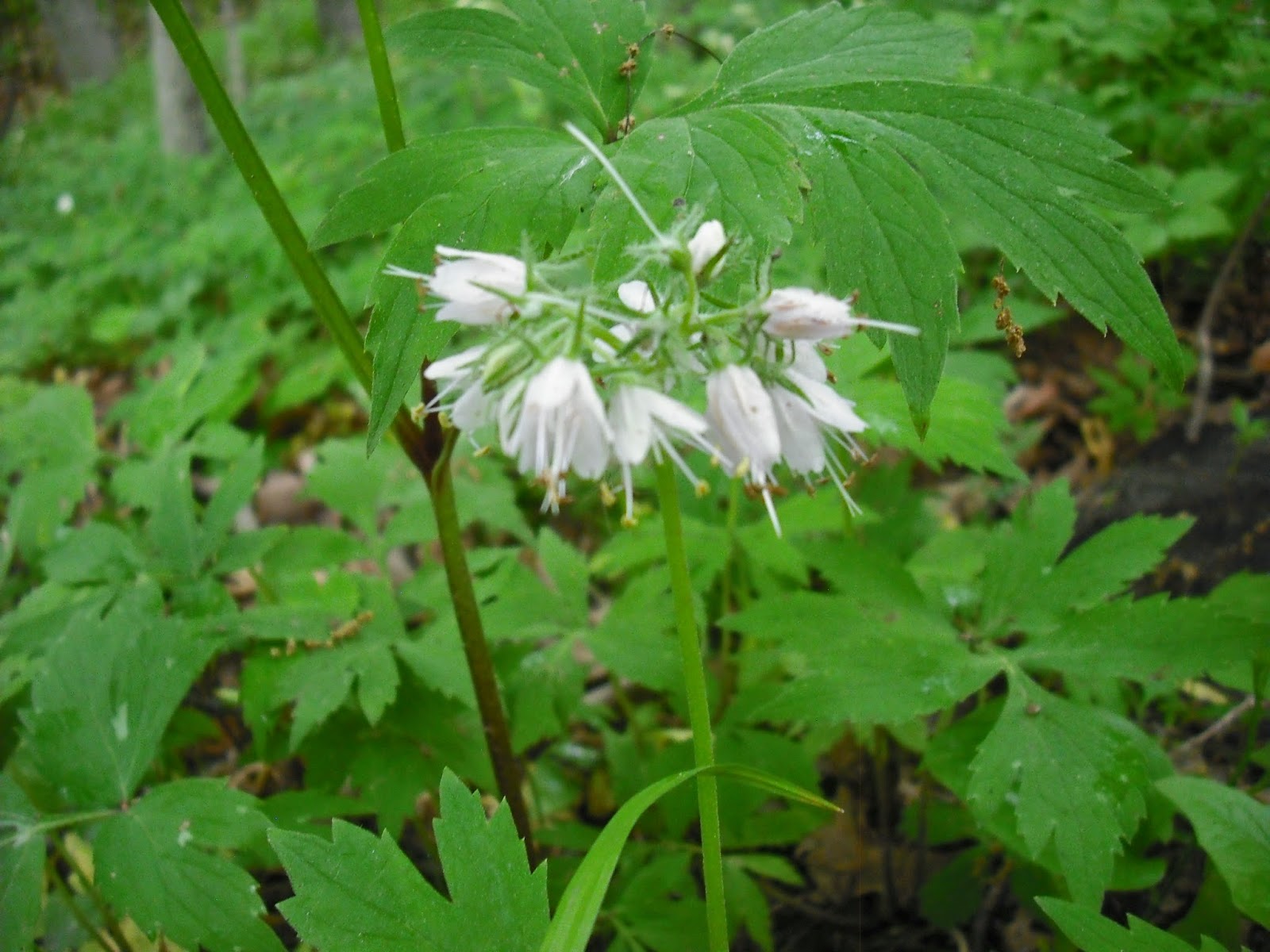Monday, June 23, 2014
Sunday, June 22, 2014
Saturday, June 21, 2014
Summer Solstice
"I can see the white people do not care for each other like our people do. They would take everything from each other if they could... some...have more of everything then they could ever use...while crowds of their people go hungry with nothing at all...this can't be better then the ancient ways of our people." -Black Elk
Friday, June 20, 2014
Wild Parsnip vs. Ants

Wild Parsnip (Pastinaca sativa) was brought to America for cultivation because of its edible taproot. Unfortunately as is always the case it liked American soil to much and turned into a invasive species that now is a problem for disturbed lands. I think its a quiet stunning plant. The problem is it has a toxic sap if touched with the presences of sunlight can cause a rash that can even blister and sounds very painful.
Thursday, June 19, 2014
Prairie False Indigo
The prairie false indigo (Baptisia leucantha) is a 2-5 foot tall stout perennial of the moist rich soiled prairies. This beautiful flower blooms May through June. Prairie false indigo was a ancient history of medical use on the rolling prairies of the North American plains. Its root had been used to treat many ailments. The most interesting use was when you combine the prairie indigo root with sycamore (Platanus occidentalis) bark to make a treatment for rattlesnake bites!
Wednesday, June 18, 2014
Bugs View
I took this one imagining I was a lonely ant on a hike. The coneflowers look like windmill swaying in the strong Iowa winds.
Tuesday, June 17, 2014
Pale Beardtongue
Pale beardtongue (Penstemon pallidus) is a great late spring indicator of blazing prairie color to come. It can grow up to 3 ft but is often shorter and grows in woodlands and disturbed areas also. Native Americans chewed the roots as a remedy for fevers and pains.
Monday, June 16, 2014
Pale Purple Coneflower
The Pale Purple Coneflower (Echinacea pallida) some scientists think the two types of coneflower are really two varieties of the same species. This prairie sea was washing over Neal Smith National Wildlife Refuge.
Saturday, June 14, 2014
Friendly Mallard
This was one trusting duck as we were able to paddle up really close to get this close-up. Mallards (Anas platyrhynchos) are the most common duck and can live up to 27 years. I wonder if this dazzling bird was molting, a period up to 4 weeks after breeding ducks are flightless losing their breeding plumage and get new flight feathers.
Friday, June 13, 2014
Spiderwort
Spiderwort (Tradescantia obiensis) opens in the morning and if its a sunny day will close-up. Spiderwort got its name not because the amount of spiders on its flowers lucky for us it was thought to help alleviate spider bites. This has not be proven. It was used as a pot herb by Native Americans.
Thursday, June 12, 2014
Snail on Mushroom
How funny is this picture! I got three ticks on me from for taking this picture! I not sure on the species of snail or mushroom, I will be trying to find out in the future.
Wednesday, June 11, 2014
Tuesday, June 10, 2014
Monday, June 9, 2014
Kentucky Coffee Tree
Kentucky coffee tree (Gymnocladus dioicus) has an incredible "leaf" that has as many as 70 leaflets on its 3-7 "branches" You can roast its large seeds as a coffee substitute, I have never tried this roast but will in the future, really excited about this brew!
This seedling was right next to mother tree. We all need to be strong trees and dig our roots deep into the earth!
Sunday, June 8, 2014
Wild Rose
I love this picture it as at Ledges on the Des Moines River overlook. Not until I reviewed the pictures did I notice the honeybee buzzing around!
Saturday, June 7, 2014
Friday, June 6, 2014
Coral Fungi
This neat coral looking fungi is Clavulina crostata. It fruits (produces corals) summer to winter. The coral cant grow up to 9 cm tall. Its also edible though I have yet to take a bit.
Thursday, June 5, 2014
Wednesday, June 4, 2014
Giant Millipede
American Giant Millipede (Narceus americanus) can reach up 4 inches in length! When threatened they can release a toxic liquid with benzoquinone which burns burns our skin it also turns your skin a lovely color as I discovered.
Tuesday, June 3, 2014
Monday, June 2, 2014
Sunday, June 1, 2014
Subscribe to:
Comments (Atom)





















